Surb Astvatsatsin church of Shosh
Location
Shosh village is located in the Artsakh Republic's Askeran region. Surb Astvatsatsin Church is located on the northwestern outskirts of the village, surrounded by the old and new cemeteries. Following the 44-day war, Shosh appeared on the occupation border.
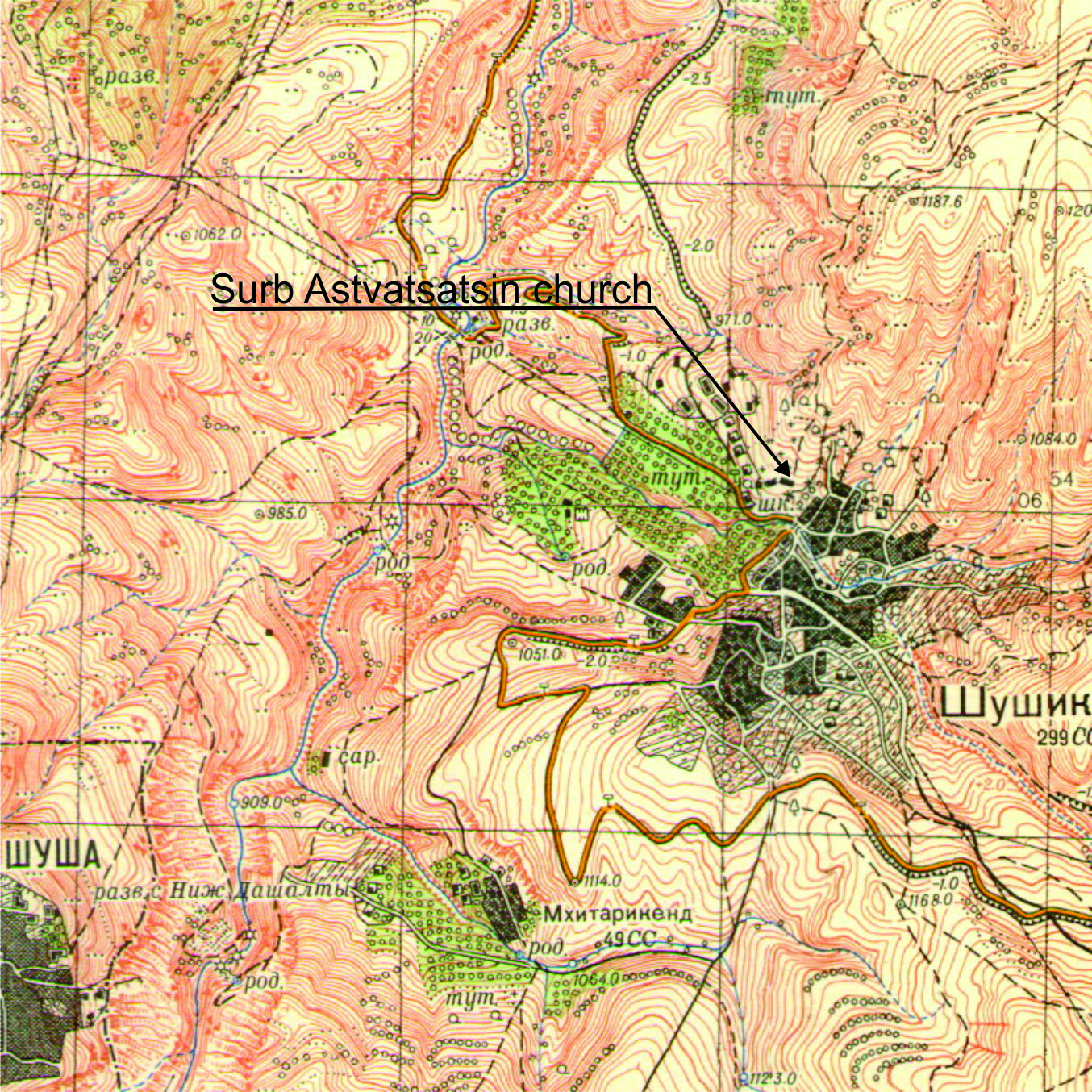
Historical overview
There is no historical information available about the church.
Architectural-compositional examination
The church is a single-nave hall with a rectangular architectural plan. It is made of raw and semi-polished white, small and medium-sized limestone. Only the entrance and window curbstones, in addition to the corner stones of the walls, are polished. The building's only entrance is on the south side (Figs. 1, 2, 3, 4).The church's interior is vaulted, with a low bema and two sacristies (Fig. 9). Small khachkars and tombstones from the 17th and 18th centuries are enchased on the walls (Figs. 5, 6, 7, 8). According to the inscription on the upper part of the church porch, "This sacred church was built in 1918 in memory of Deacon Baghdasar Abareants from Shushi and his friend Arusdam Gapean, which cost a pood of wheat (20 rubles)"(Fig. 10).
The inscription on the right side of the high altar (Fig. 11) says, "This church was built in 1915 by Baghdasar and his wife, Margarit Abareants, for the salvation of their souls."
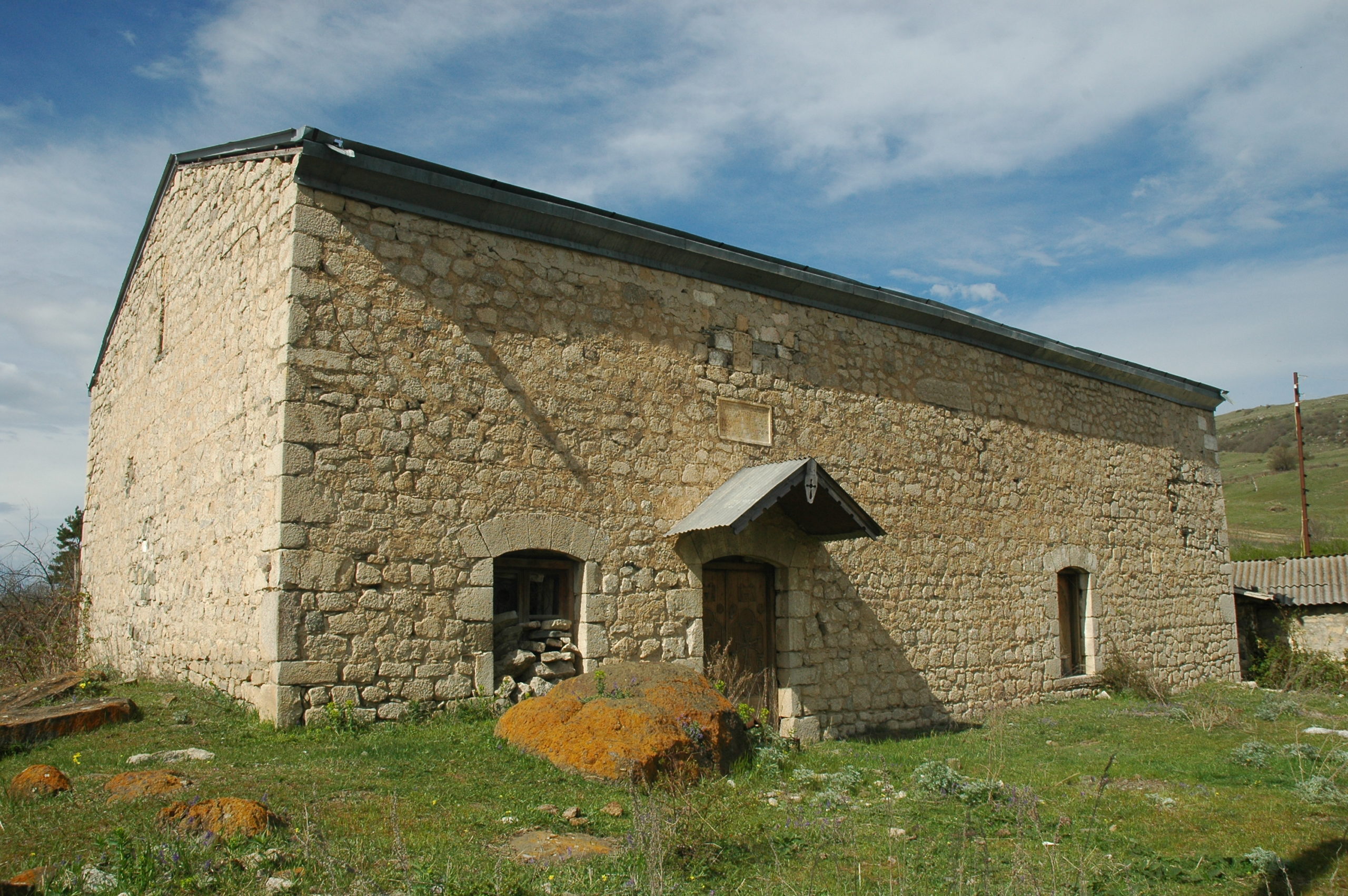
Fig. 1 The view of the church from the south, photo by A. Grigoryan.
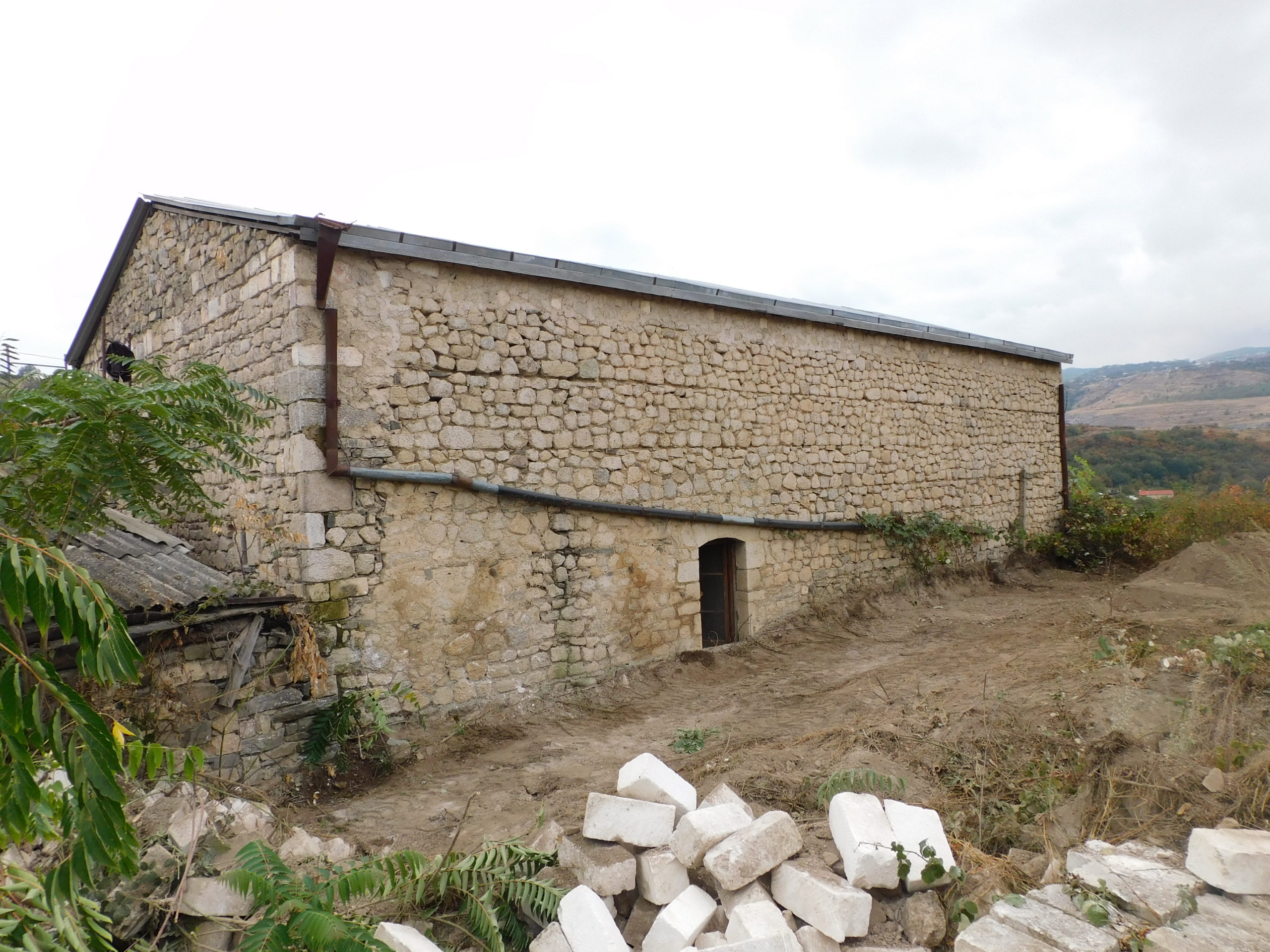
Fig. 3 The view of the church from the north, photo by A. Grigoryan.
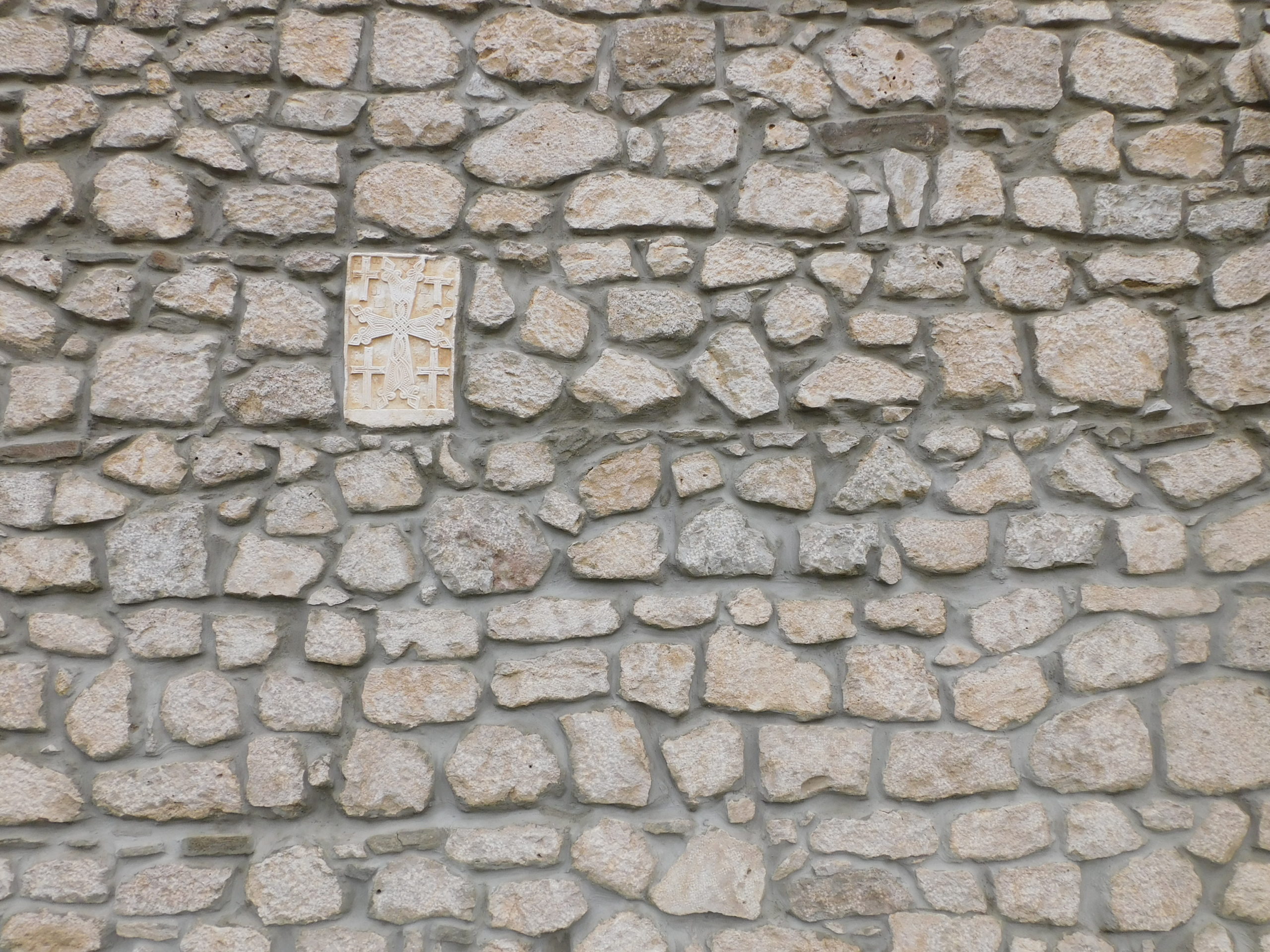
Fig. 5 A cross composition enchased on the wall, photo by A. Grigoryan.
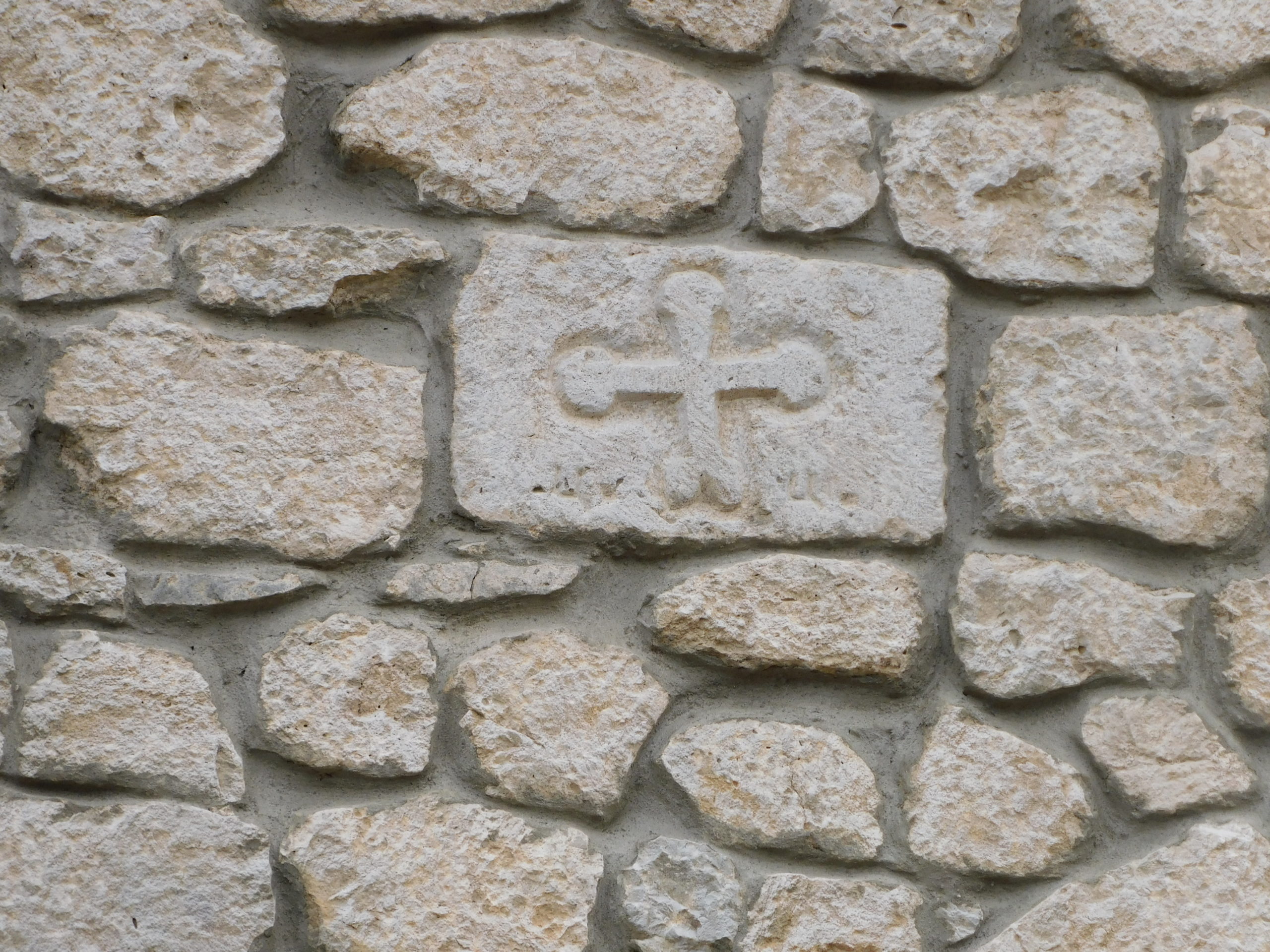
Fig. 7 A cross composition enchased on the wall, photo by A. Grigoryan.
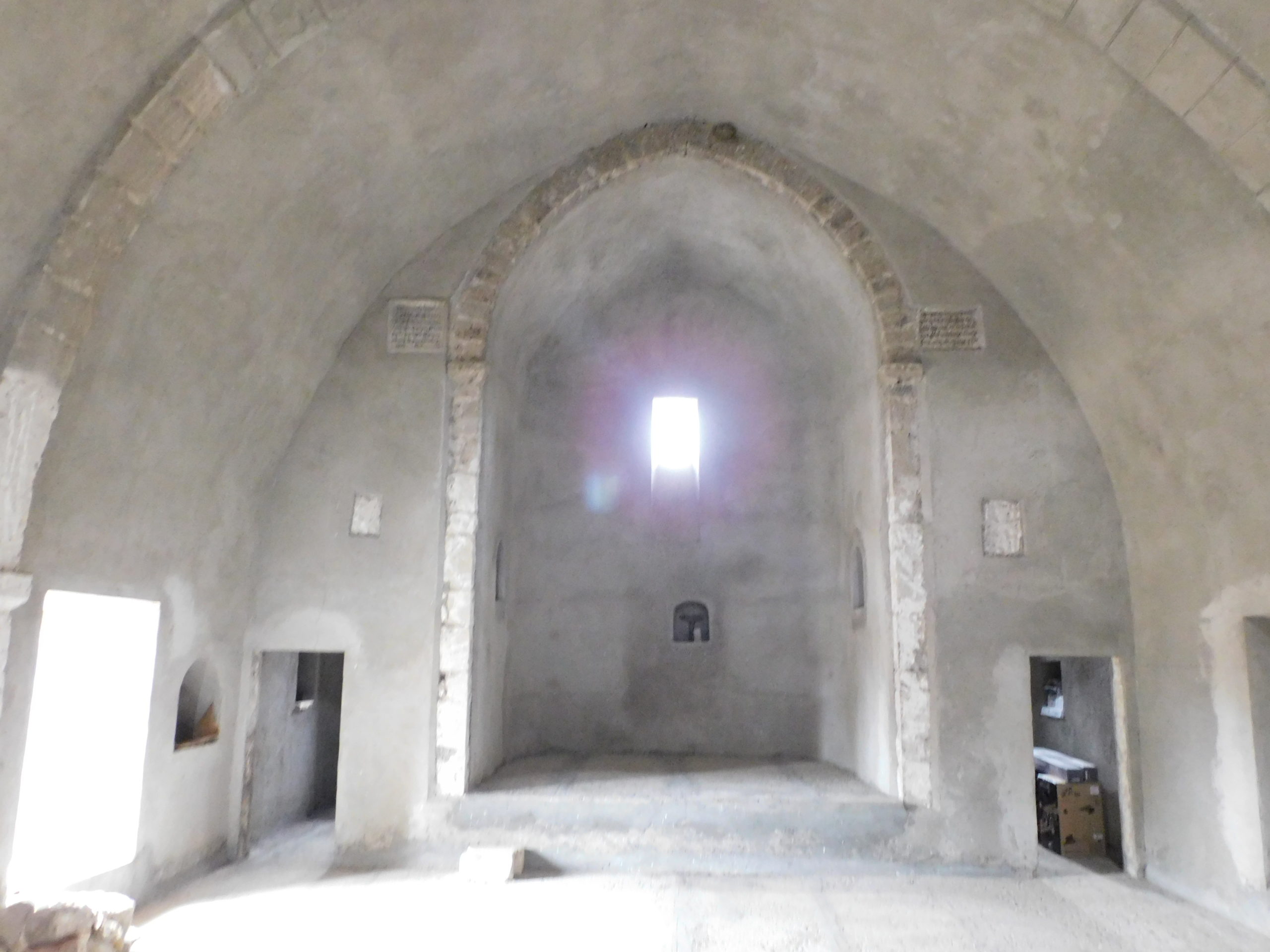
Fig. 9 The interior of the church, photo by A. Grigoryan.

Fig. 2 The view of the church from the west, photo by A. Grigoryan.
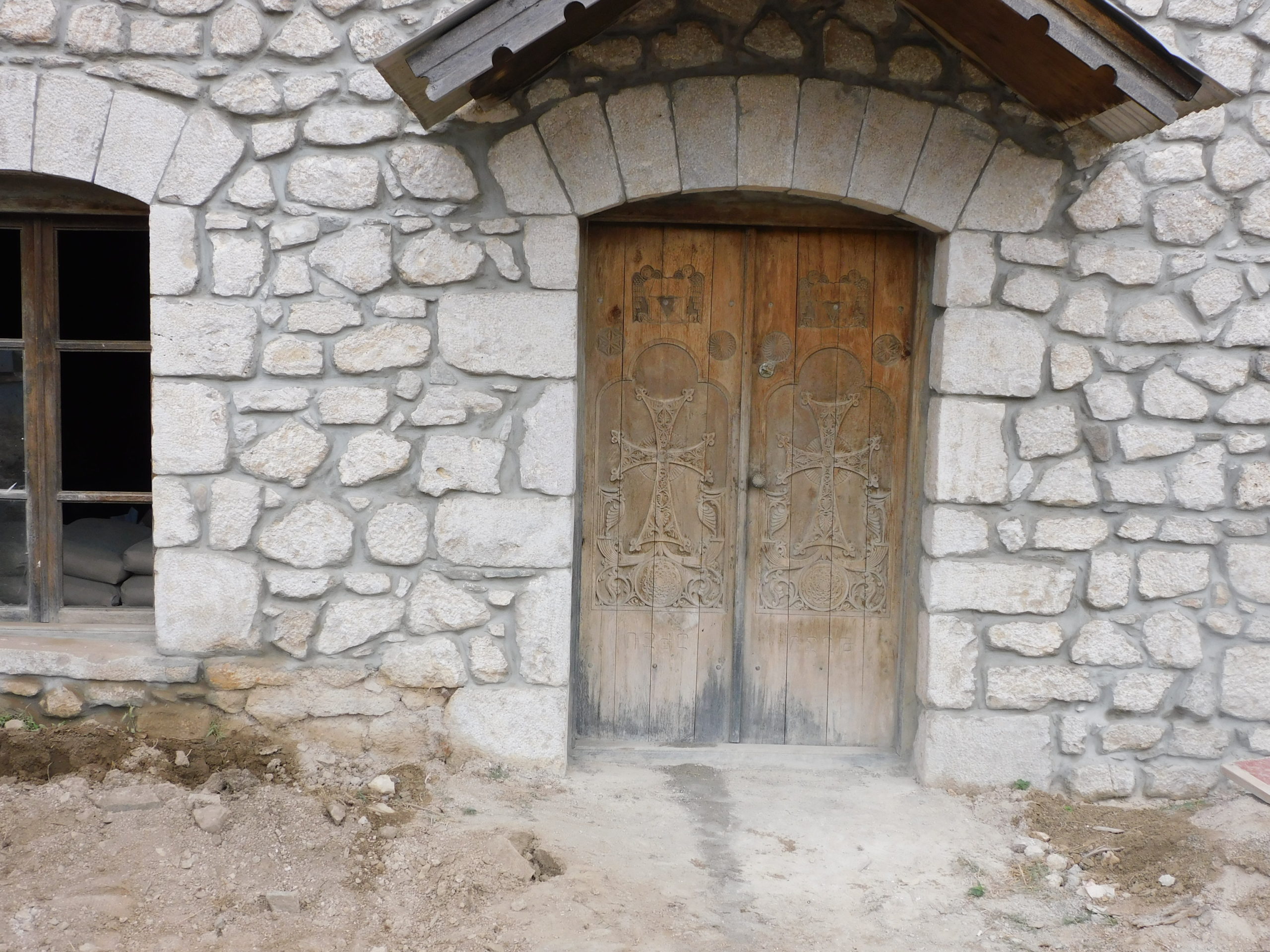
Fig. 4 The church's main entrance, photo by A. Grigoryan.
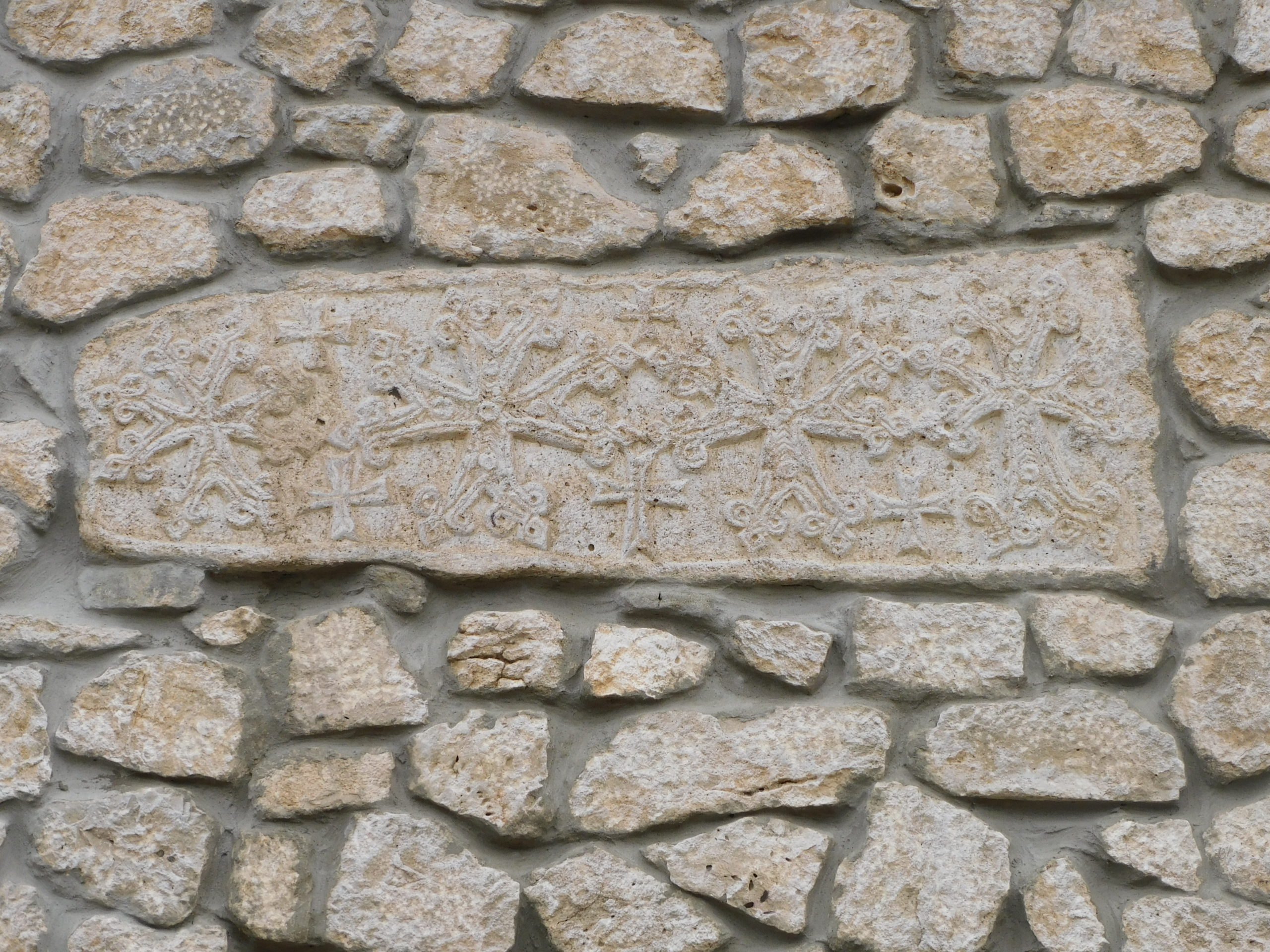
Fig. 6 A cross composition enchased on the wall, photo by A. Grigoryan.
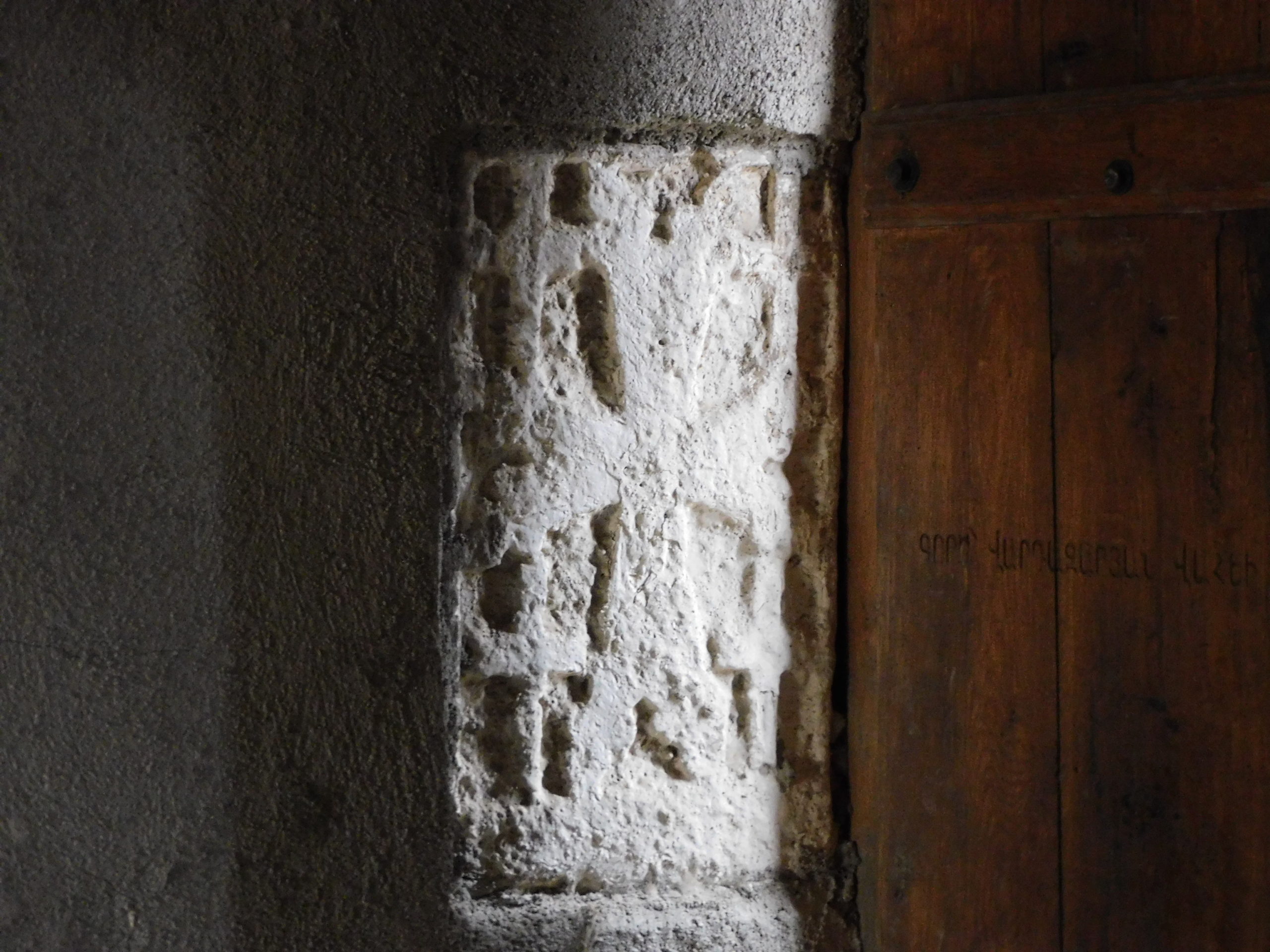
Fig. 8 A cross composition enchased on the wall, photo by H. Petrosyan.
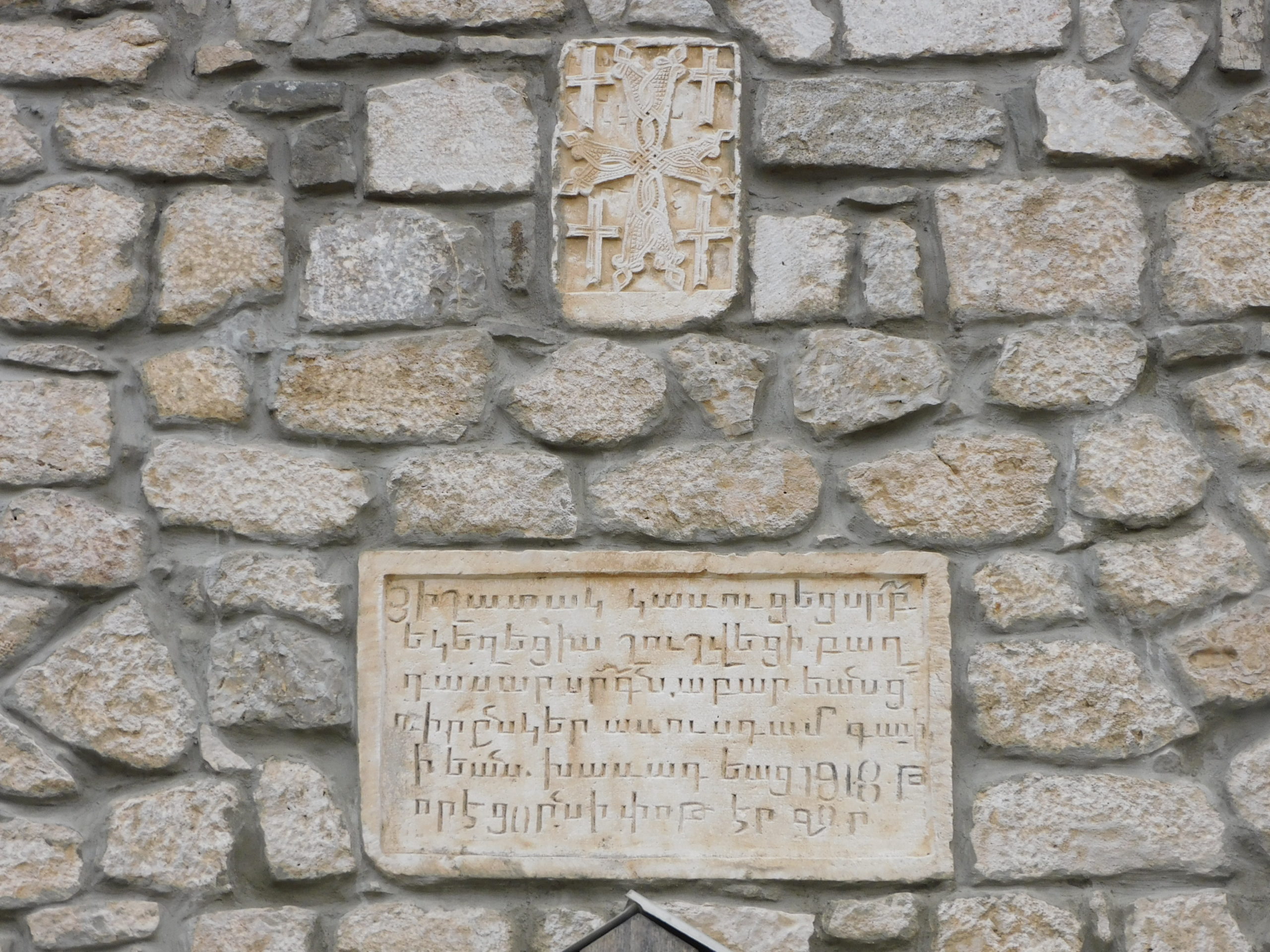
Fig. 10 The building inscription above the church's entrance, photo by A. Grigoryan.
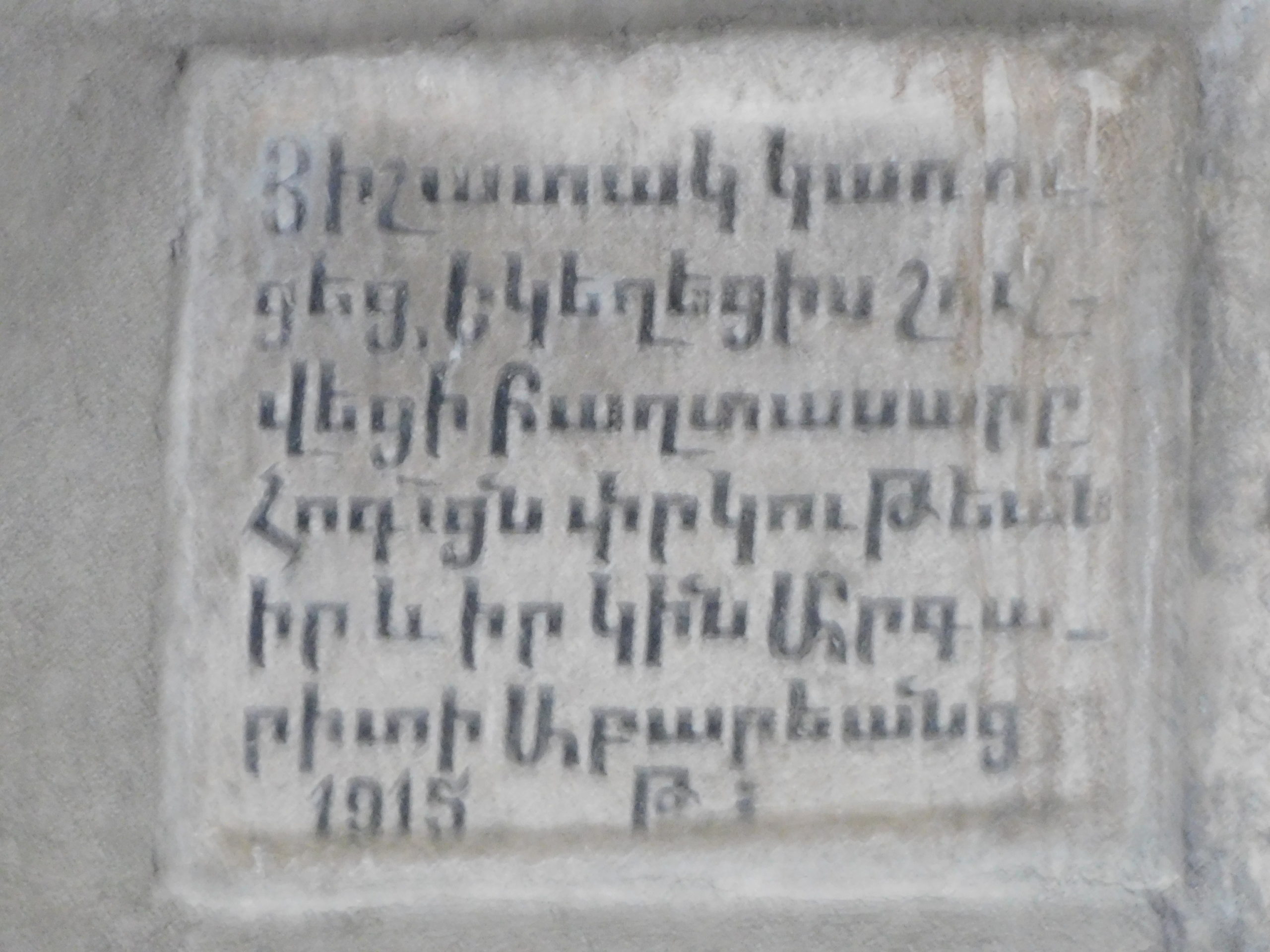
Fig. 11 The building inscription inside the church, photo by A. Grigoryan.
The condition before and after the war
During the Artsakh wars, the church was not damaged; it was used for economic purposes during the Soviet era. The Surb Astvatsatsin Church renovations were completed in 2022 https://www.youtube.com/watch?v=ViV7rNaGOgA.
During the renovation, a new bell tower was added in place of the old, unpreserved one, which with its dimensional solutions resembles an additional dome and is inconsistent with the historical appearance of the church.
Surb Astvatsatsin church of Shosh
Artsakh